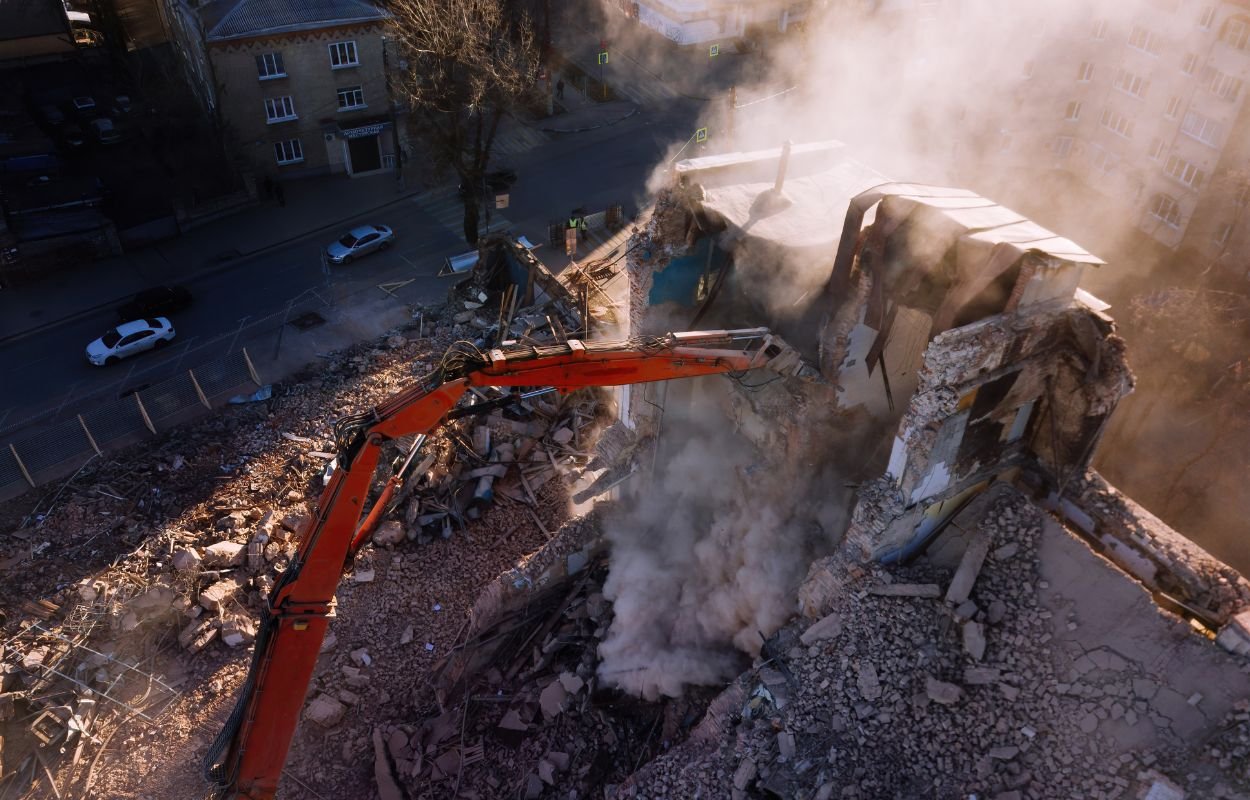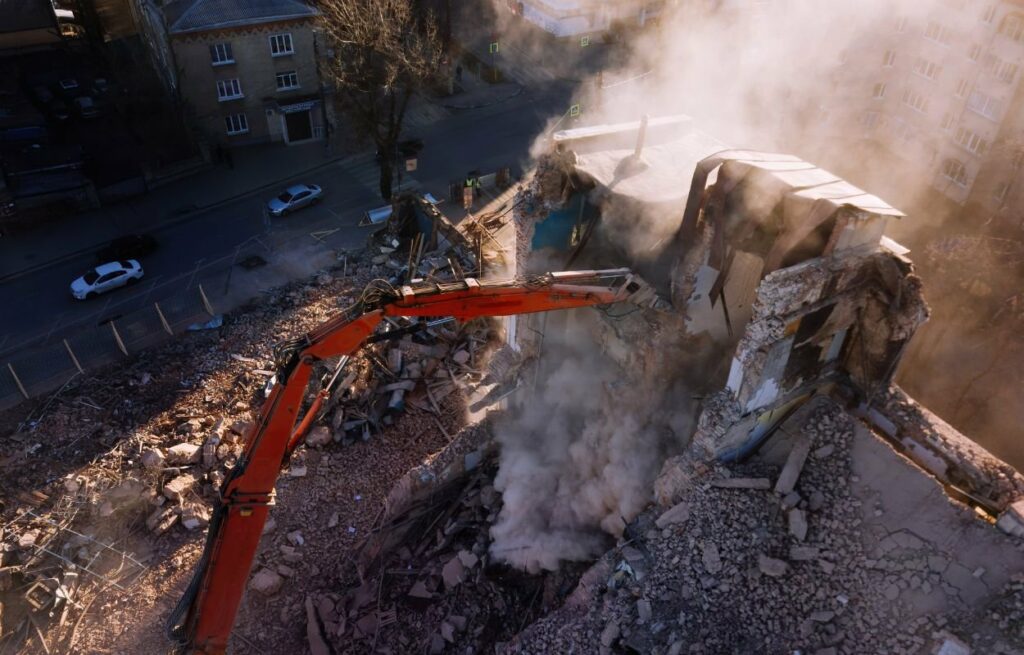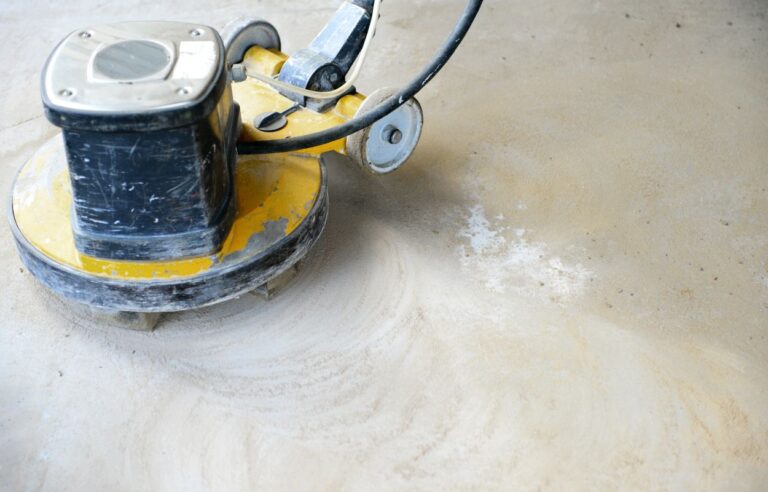
Planning a demolition can feel overwhelming, especially if it’s your first time. Demolition may seem straightforward—just knock everything down, right?—but there’s actually a structured process involved to keep things safe, efficient, and environmentally friendly. Whether you’re clearing a site for new construction or simply making way for an upgrade, understanding each step in the demolition process can put you at ease and help you know what to expect. Let’s dive into the demolition process from start to finish so you’ll be fully prepared when the time comes!
WHAT IS DEMOLITION AND WHY IS IT NECESSARY?
Demolition is the process of tearing down a building or structure to make space for new construction, remove hazardous conditions, or repurpose a site. People hire demolition services in Victoria for various reasons, such as to remove old, damaged structures or to clear land for new developments. Demolition requires careful planning and skilled professionals to handle each step, ensuring safety and compliance with regulations. It’s not as simple as bringing in a bulldozer and knocking everything down! Demolition companies follow a specific process designed to keep the environment safe and minimize disruptions.
STEP 1: SITE ASSESSMENT AND PLANNING
Every demolition project starts with a thorough assessment. A professional demolition team will visit your property to inspect the structure and gather key details about its construction, materials, and surrounding environment. During this phase, they’ll look for any potential hazards, like asbestos or lead paint, that could impact the demolition process. The team will also assess accessibility, nearby utilities, and any other structures that need protection during the demolition. This stage often involves working with engineers, surveyors, and city officials to obtain the necessary permits and ensure the demolition complies with local regulations. In Victoria, demolition services must follow specific safety codes and environmental guidelines, so permitting can take some time. Patience is essential here, as the more thorough the planning, the smoother the rest of the process will go.
STEP 2: OBTAINING PERMITS AND HANDLING PAPERWORK
Demolition isn’t just about taking down a structure—it’s also about following the law. Before work can begin, the demolition company needs to obtain various permits. In Victoria, permits often cover aspects such as safety, environmental impact, and waste disposal. These regulations ensure that the demolition won’t harm the surrounding community or environment. Handling permits can take anywhere from a few days to several weeks, depending on your location and the complexity of the project. Don’t worry, though—the demolition company will typically take care of the paperwork for you. They know the local rules and can navigate the process to avoid unnecessary delays.
STEP 3: UTILITY DISCONNECTION
One of the most critical steps in demolition is disconnecting utilities. Before any work starts, all gas, water, and electricity must be turned off or disconnected to prevent accidents. If you have a gas line or any underground utilities, your demolition team will work with the appropriate utility companies to ensure everything is safely deactivated. This step is essential because even a minor oversight here can lead to major safety hazards. With experienced demolition services in Victoria, you’ll have peace of mind knowing that the team will double-check everything to keep the site safe.
STEP 4: SITE PREPARATION AND SAFETY MEASURES
Once the utilities are disconnected, it’s time to prep the site. Demolition crews will set up safety measures to protect both the workers and anyone nearby. This might include putting up fencing, setting up warning signs, and laying down mats to protect sidewalks or driveways. Safety is a top priority during this phase. The crew will create a clear “exclusion zone” around the structure to ensure no one accidentally enters the demolition area. They’ll also bring in equipment like excavators, cranes, and dump trucks as needed, arranging everything so that the demolition can proceed smoothly.
STEP 5: SALVAGING AND HAZARDOUS MATERIAL REMOVAL
Before the main demolition begins, the team will remove any salvageable or hazardous materials. Items like windows, doors, and fixtures might be removed for recycling or reuse. Not only does this help reduce waste, but it also keeps reusable materials out of landfills. If there are any hazardous materials, such as asbestos, the team will take extra care to handle them properly. Asbestos removal requires specially trained personnel who know how to safely extract and dispose of these materials to avoid contamination. This step can take some time, but it’s vital for both safety and environmental responsibility. Demolition services in Victoria often prioritize sustainability, so they work hard to recycle and repurpose materials wherever possible.
STEP 6: THE DEMOLITION ITSELF—TIME TO KNOCK IT DOWN!
Now for the exciting part: bringing the structure down! Depending on the building type, the demolition company might use different methods, such as mechanical demolition, selective demolition, or deconstruction. Mechanical demolition is the most common method, involving heavy machinery like excavators and bulldozers. The equipment systematically knocks down sections of the building, reducing it to rubble. Selective demolition is used if only part of a building needs to come down. Crews carefully remove specific areas without damaging the rest of the structure. For smaller structures, crews might take apart the building piece by piece. This process is slower but allows for more material recycling and reduces waste. During the demolition, you can expect a bit of noise and dust, though demolition crews take steps to keep this to a minimum. They may use water sprays to control dust, especially on hot or windy days. The team will also follow a set sequence to bring the building down safely without damaging nearby structures.
STEP 7: CLEARING THE SITE AND WASTE DISPOSAL
After the building is down, the job isn’t quite done yet. The crew will work to clear the rubble, sorting materials into piles for recycling, disposal, or reuse. This part can take a few days, depending on the project size and how much debris remains. Proper waste disposal is a significant part of any demolition project. In Victoria, demolition companies must follow strict guidelines for disposing of hazardous and non-hazardous waste. By recycling materials like concrete, metal, and wood, they can reduce the environmental impact of the demolition and contribute to sustainable building practices.
STEP 8: SITE INSPECTION AND FINAL CLEAN-UP
With the debris cleared, it’s time for a final inspection. The team will ensure that the site is clean and safe, checking for any leftover materials or hazards. A city official may also conduct an inspection to verify that the demolition met all local codes and regulations. Once the site passes inspection, the demolition company will handle any remaining paperwork and close out the project. They’ll leave you with a clean, level site, ready for your next construction project or landscaping plans!
WHAT HAPPENS NEXT?
Once your site is cleared, you can move forward with your plans, whether that means building a new structure, creating a green space, or repurposing the area. Now that you understand the demolition process, you can approach your next project with confidence and peace of mind. By choosing experienced demolition services in Victoria, you’ll have a team that knows how to handle each step with professionalism and care. They’ll take care of the details, from securing permits to managing waste disposal, so you can focus on your goals without worrying about the heavy lifting.
Demolition may seem daunting, but with the right team and a clear understanding of each phase, it becomes an exciting step toward your goals. From planning and permitting to the final site inspection, every stage serves an important purpose. Professional demolition services ensure that the process goes smoothly, safely, and in line with all regulations. Now that you know what to expect from start to finish, you’re well-prepared to take on your demolition project! With the help of demolition services in Victoria, you’ll be in good hands every step of the way.




